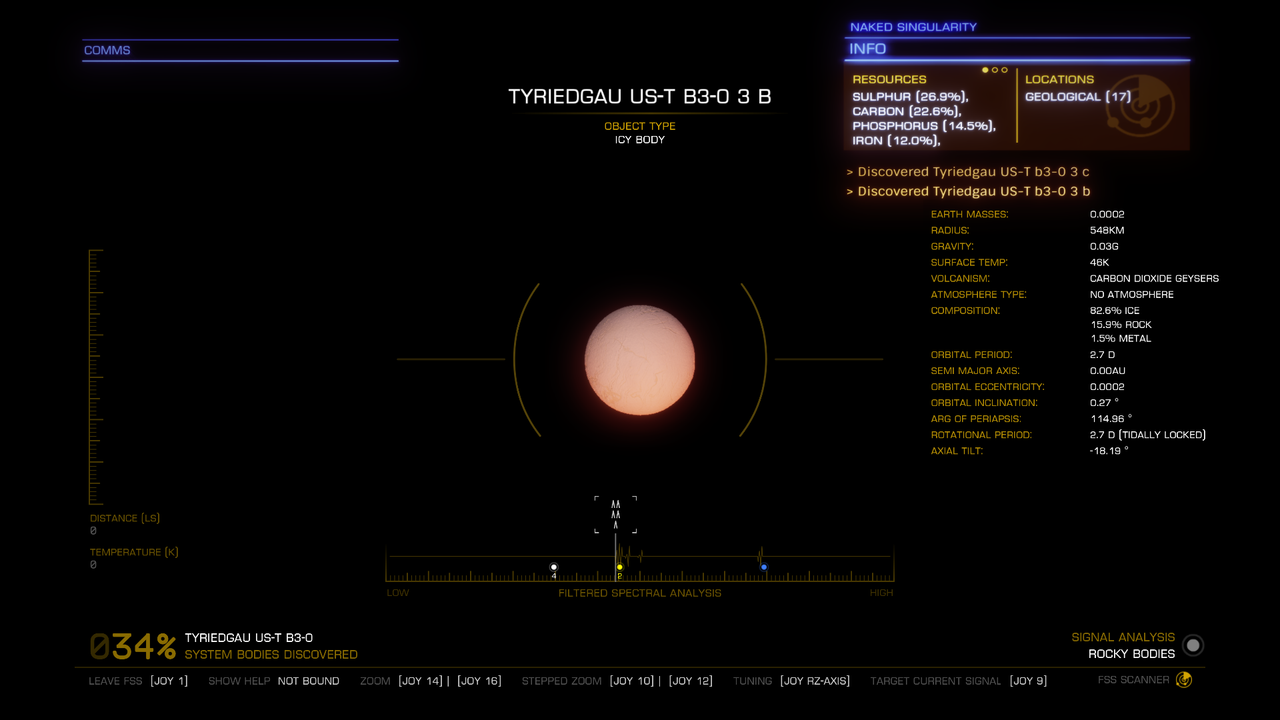Ive never found one and Im getting mixed info on what happens when you are in a system that has them.
Ive heard that as soon as you drop into a system, it will notify you that there is a lifeform signal in the area.
Ive heard that when you go to the FSS, it will show you on the tuning area over on the left side that there is a signal to tune in for them.
Ive heard that you have to use the fss on a planet and then in the upper right hand corner it will tell you if there is a bio signal.
so are any or all of these correct or what?
Ive heard that as soon as you drop into a system, it will notify you that there is a lifeform signal in the area.
Ive heard that when you go to the FSS, it will show you on the tuning area over on the left side that there is a signal to tune in for them.
Ive heard that you have to use the fss on a planet and then in the upper right hand corner it will tell you if there is a bio signal.
so are any or all of these correct or what?

















